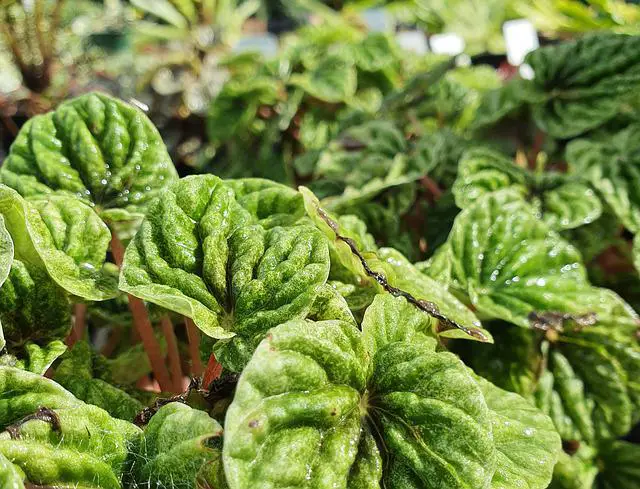Are you just starting gardening? You may have heard about the famous radiator plant, also known as peperomia. Peperomia is one of the easiest plant to care for, as it blossoms with less experience and low maintenance.
Though peperomia has this advantage over some garden plants, it still has its perk – peperomia drooping. Peperomia leaves start to droop sometimes for some non-obvious reasons.
No gardener wants to see their effort yield nothing, so really, seeing drooping can be a painful sight. You have to avoid this problem at all costs.
In this article, you will understand why your peperomia leaves keep drooping. You will also learn how to keep these plants healthy using the most effective methods. We will explore the main causes of peperomia drooping and provide solutions to help your plant thrive once again.
Why Are Your Peperomia Drooping?
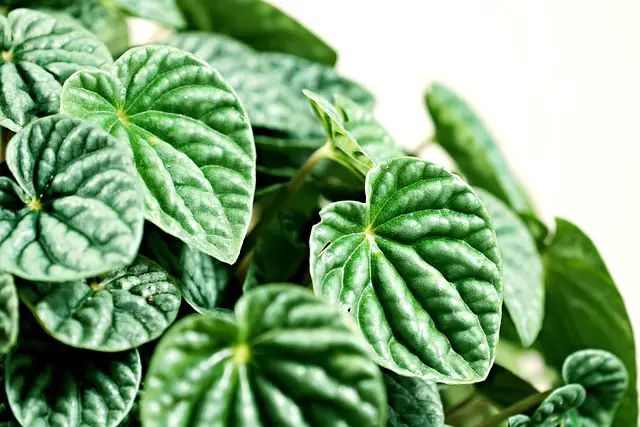
The leaves of the peperomia plant may start to droop, and some causes may be beyond your control. Those beyond you include the natural causes of peperomia drooping. Fortunately, you can manage and control a good portion of these causes with the proper steps and knowledge.
Peperomia leaves also droop when you expose them to stress or when you don’t care right.
The critical cause of peperomia drooping is not watering the leaves correctly. Underwatering peperomia causes dehydration, then the leaves begin to fold. Overwatering peperomia makes the roots to rot, and increases the risk of pests and diseases destroying the plant.
Nevertheless, bad soil factors, unsteady temperature, low humidity, and pest infestation are also prominent factors that can predispose your peperomia plant to droop. Some of these factors may not directly make the leaves droop, but by aggravating underlying factors, the leavees go limp.
Drooping peperomia doesn’t look pleasant to anyone. Nevertheless, aways keep in mind that peperomia drooping is a common problem most gardeners complain of, so you are not alone. Even with this fact, droopy leaves reduce your morale as a gardener, especially if this is your first attempt at gardening.
Once you understand why your peperomia leaves droop, solving the challenge becomes more effortless. The top causes of peperomia drooping include:
1. You Don’t Water it the Right Way
Water is one of the essential requirements for plants to grow. Plants usually do well in their natural environment because nature finds a way to settle their most essential needs. However, when these plants are under your care, you must take extra caution to ensure they survive well in your garden.
Now, this goes in two ways: peperomia may start to droop when you underwater them or when you overwater them. Under watering peperomia causes the soil to dry up, and then the leaves droop because there is not enough water in the soil.
You are not watering enough signs include dry and discolored leaves, dry soil, and slow growth.
Overwatering peperomia is the chief cause of fungal disease. Overwatering causes the plant’s roots to rot and peperomia starts drooping. The indications you water too much is discolored leaves, rotten roots, and waterlogged soil.
The solution to this problem is to ensure you water them right. Peperomia do not need too much water like other plants, so watering them about three times a week is enough. Also, never try to use hot or cold water on the plants, as it causes the leaves to droop fast due to shock.
2. Infestation by Pest and Diseases
When you are sure you are watering peperomia correctly, check other factors. For example, Peperomia drooping may arise from invasion by pests or diseases. These pests eat leaves or suck nutrients in the plant; this leaves peperomia nutrient deficient, then leaves start drooping.
The pests commonly linked to peperomia plants include thrips, gnats, caterpillars, snails, aphids, mites, and so on.
These pests may be difficult to control though sometimes, you may be able to get rid of some by handpicking. Where you can’t handpick, use pest repellants like neem oil for a more effective control method.
The pest repellants you use must be natural because spraying chemicals can cause the plants to droop or even die when the concentration is high.
The common disease associated with peperomia is fungal disease. This disease arises due to overwatering the plant. The signs your peperomia has fungal diseases include:
- Roots and stems start to rot
- Spots on leaves
- Discoloration of leaves
If the leaves start to rot due to fungal diseases, reducing the frequency of watering the plant may not solve the problem alone. Change the soil to fresh soil. Prune unhealthy roots and leaves so the infection doesn’t spread to other roots or leaves. Most of all, apply a fungicide formulated by natural means.
3. It Doesn’t Get the Right Amount of Light
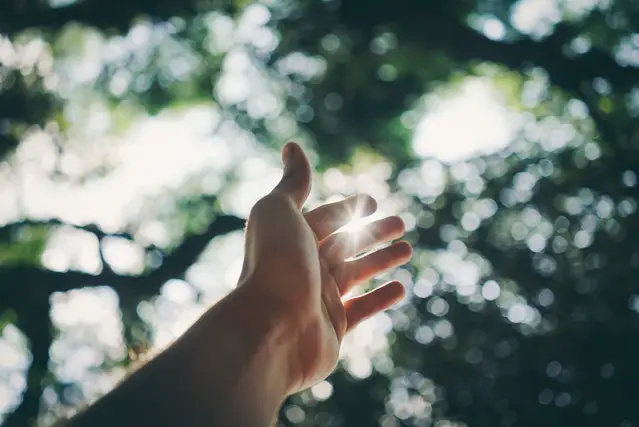
As water is a fundamental requirement of plants, so is light. Your plant can never grow well without proper exposure to light. For peperomia, the signs your plant is not receiving the right amount of light include
- Leaves become darker or yellow
- The leaves may start to burn if exposed to excess sunlight
- They start to droop.
The light issue is easy to solve since, most times, what you need to do is move the plant closer to the window to receive light. However, where receiving indirect sunlight is not feasible, use artificial lights. Artificial lights simulate the sun and will limit drooping leaves.
4. Inadequate Humidity
Peperomia thrives best in highly humid places. However, with enough care, the plant will still grow in average humidity of around 50-60%. Peperomia drooping happens when the humidity of the environment falls below 50%
Extreme heat and cold, especially during winter, cause the humidity level to drop. So as much as possible, you must reduce exposure to dry air, heaters, and the air conditioner.
If the leaves keep drooping or feel dry to the touch, you can increase humidity by misting the plants with water. Use a humidifier if misting with water does not work. If you live in an environment with low humidity, grow peperomia with moisture-loving plants to increase humidity.
5. Choosing the Right Soil and Pot for Peperomia
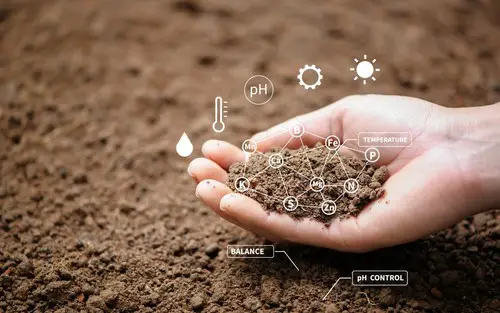
The type of soil and pot you choose for your peperomia plant can significantly impact its overall health and prevent drooping leaves. Opt for a well-draining soil mix that is specifically formulated for houseplants. This will ensure proper aeration and prevent waterlogging, which can lead to root rot and drooping leaves.
Additionally, select a pot with drainage holes to allow excess water to escape. The size of the pot should accommodate the plant’s growth, providing enough room for the roots to expand.
By choosing the right soil and pot, you create an optimal environment for your peperomia, promoting healthy growth and minimizing the risk of drooping leaves.
6. Proper Fertilization Techniques
Fertilizing your peperomia plant is essential for supplying it with the necessary nutrients to thrive. However, it’s crucial to apply fertilizer correctly to prevent leaf drooping and other issues. Use a balanced, water-soluble fertilizer specifically formulated for houseplants.
Follow the instructions on the fertilizer packaging for the recommended dosage and frequency of application. Remember that over-fertilization can lead to nutrient imbalances and damage to the plant’s roots, resulting in drooping leaves.
On the other hand, under-fertilization can cause nutrient deficiencies, leading to weakened plants. Find a balance by fertilizing your peperomia plant during the active growing season, typically in spring and summer, and reducing or stopping fertilization during the dormant period in fall and winter.
By providing appropriate fertilization, you can support the overall health of your peperomia and maintain vibrant, non-drooping leaves.
7. Temperature and Environmental Considerations
Peperomia plants are sensitive to temperature and environmental conditions, and neglecting these factors can lead to drooping leaves. Extreme temperatures, both hot and cold, can stress the plant and cause leaf wilting. Ensure that your peperomia is placed in an environment with stable temperatures between 65-80°F (18-27°C).
Avoid exposing it to drafts, direct heat sources, or air conditioning vents that can create temperature fluctuations. Additionally, maintain a consistent level of humidity around the plant, as low humidity can contribute to drooping leaves.
Mist the plant regularly or use a humidifier to increase humidity levels, especially if you live in a dry climate. By providing appropriate temperature and environmental conditions, you can create an optimal growing environment for your peperomia, preventing drooping leaves and promoting overall plant health.
8. Pruning and Maintenance Tips
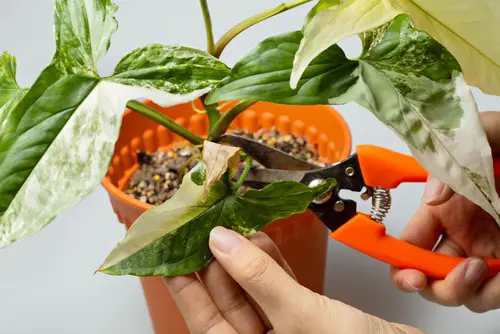
Regular pruning and maintenance are essential for preventing drooping leaves and promoting healthy growth in peperomia plants. Trim away any yellowed or dead leaves to maintain the plant’s appearance and prevent disease spread. Remove any leggy or excessively long stems to encourage bushier growth.
Additionally, pinch off the tips of the plant to promote branching and create a fuller, compact shape. Regularly check for signs of pests, such as aphids or spider mites, and take prompt action if infestations occur.
By implementing proper pruning and maintenance practices, you can ensure your peperomia remains healthy and vibrant, with non-drooping leaves.
Learn more from a different post: Peperomia Owl Eye
Summary
A healthy-looking garden plant will tell you you are doing an excellent job as a gardener. A peperomia plant without drooping leaves will also boost your morale.
As you try to groom your peperomia plant the best way possible, you need to ensure you are giving grooming all the care you can. Use the best soil for peperomia. Use quality water to water the plant. Most of all, ensure you don’t overdo anything, especially applying fertilizer.
Overdoing will cause more harm than it will do good. Grooming peperomia may be taxing: however, the end is worth it.
Frequently Asked Questions
How much water is enough for peperomia?
Sometimes, the amount of water you need may not be measurable. The correct quantity of water varies depending on the soil type, how dry/moist your soil is, temperature, humidity, and other factors. Use good soil for the plant to limit going over the extremes for watering. That way, you can set the relevant requirements.
The hack to know if the watering is enough is to check how moist the soil is. A moist soil should tell you the plant does not need more water. Water the plant when the top soil starts to get dry. Drain out excess water. And most importantly, stick to a watering routine once you understand the plant’s requirements.
Why does my peperomia keep losing leaves?
Loss of leaves occurs due to several factors. Some factors include unfavorable temperatures, soggy soil, poor quality water, spraying chemicals on the plants, not watering correctly, infestation by diseases or pests, and so on.
Also, plants start to lose leaves due to less care. Losing leaves indicates that the plants will die soon. To stop the plant from losing leaves, keep grooming a top priority. By caring better, you can identify whatever may cause leaves loss and solve them with ease, restoring the plant’s health to normalcy in no time.
How do I care for peperomia better?
Caring for your plant balls down to making sure the peperomia meets the requirements stated above. If you keep to them, half of the job is done.
It would be best if you also used a pot with good drainage and fertilizers when necessary. Change the pot of the plant when you see the roots stick out or if the pot is too small for the leaves. Peperomia grows slowly, so you may not need to report it often. Most times, changing the pot once a year is enough.

Hey, I’m Lisa and I’ve been an avid gardener for over 30 years. I love writing, talking and living in the garden! Feel free to connect with me on my socials below

